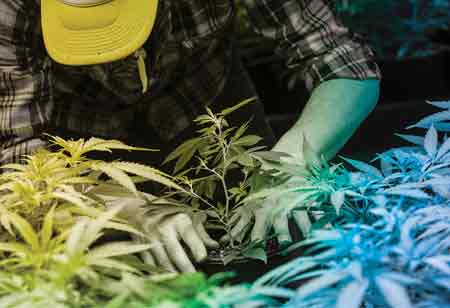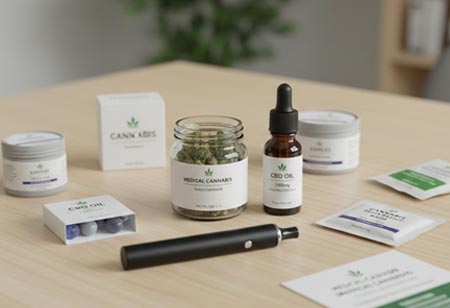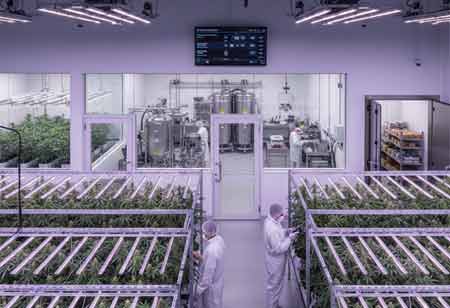Thank you for Subscribing to Cannabis Business Insights Weekly Brief
Understanding Cannabinoid Profiles in Extracts
Cannabis extracts, concentrated forms of the plant's active compounds, have surged in popularity due to their versatility and potency.

By
Cannabis Business Insights | Wednesday, August 07, 2024
Stay ahead of the industry with exclusive feature stories on the top companies, expert insights and the latest news delivered straight to your inbox. Subscribe today.
Cannabis extracts, rich in active compounds like THC and CBD, have potential therapeutic benefits like anxiety and pain management, with research exploring their synergistic effects.
FREMONT, CA: Cannabis extracts, concentrated forms of the plant's active compounds, have surged in popularity due to their versatility and potency. However, this variety introduces complexity. The cannabinoid profile, which refers to the unique composition of cannabinoids such as THC and CBD in an extract, significantly influences its effects.
Cannabis presents a complex array of chemical compounds, with cannabinoids being the most thoroughly studied. These molecules interact with the endocannabinoid system, impacting everything from mood to pain perception. The two most prominent cannabinoids are Tetrahydrocannabinol (THC), responsible for the psychoactive "high" associated with cannabis, and Cannabidiol (CBD), which is non-psychoactive and recognized for its potential therapeutic benefits. In addition to these primary cannabinoids, there are numerous minor cannabinoids such as CBG, CBC, and CBN, each contributing unique properties.
The method of extraction significantly influences the cannabinoid profile of the final product. Standard methods include solvent-based extraction, supercritical CO2 extraction, and hydrocarbon extraction. Solvent-based extraction utilizes solvents like ethanol or butane to dissolve cannabinoids, offering high yields but potentially leaving residual solvents and may decarboxylate (activate) THCA, the acidic precursor of THC. Supercritical CO2 extraction uses pressurized CO2 to extract cannabinoids, producing cleaner extracts, but it may be less efficient and costly. Hydrocarbon extraction employs hydrocarbons like butane or propane, providing high-potency concentrates that require specialized equipment and pose safety concerns. Each method has its pros and cons concerning cannabinoid preservation. For example, CO2 extraction retains acidic cannabinoids like CBDA (CBD precursor), offering a "raw" profile with potential therapeutic advantages.
The "entourage effect" suggests that cannabinoids work synergistically with other cannabis compounds, such as terpenes (aromatic molecules), to produce a holistic effect. This underscores the importance of cannabinoid ratios in extracts for therapeutic applications. Understanding these ratios can benefit patients in several ways. A higher CBD-to-THC ratio may mitigate the psychoactive effects of THC, making it suitable for managing anxiety or pain. Full-spectrum extracts retain the natural profile of cannabinoids and terpenes, potentially offering a broader therapeutic effect than CBD isolate, which contains only CBD.
Ongoing research explores the therapeutic potential of specific cannabinoid ratios for various conditions. Studies suggest that particular ratios might be effective for chronic pain, epilepsy, and anxiety. A balanced THC
ratio might provide pain relief while minimizing psychoactive effects. High-CBD strains with minimal THC may be beneficial in managing seizures. CBD-dominant extracts might help alleviate anxiety symptoms. Cannabis research is still evolving, and conclusive evidence for specific cannabinoid ratios for various conditions remains limited. Consulting a healthcare professional familiar with cannabis therapy is crucial before using cannabis extracts for therapeutic purposes.
Understanding cannabinoid profiles enables individuals to make informed decisions when selecting cannabis extracts. By considering the extraction method, desired cannabinoid ratios, and potential interactions with other compounds, one can unlock the therapeutic potential of cannabis extracts and personalize the experience.






